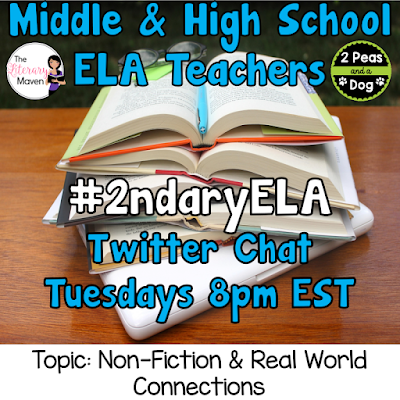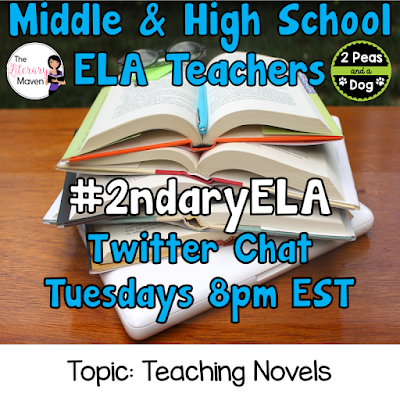Irene is a professional spy for the mysterious Library, a shadowy organization that collects important works of fiction from all of the different realities. Most recently, she and her enigmatic assistant Kai have been sent to an alternative London. Their mission: Retrieve a particularly dangerous book. The problem: By the time they arrive, it's already been stolen.
London's underground factions are prepared to fight to the death to find the tome before Irene and Kai do, a problem compounded by the fact that this world is chaos-infested—the laws of nature bent to allow supernatural creatures and unpredictable magic to run rampant. To make matters worse, Kai is hiding something—secrets that could be just as volatile as the chaos-filled world itself.
Now Irene is caught in a puzzling web of deadly danger, conflicting clues, and sinister secret societies. And failure is not an option—because it isn’t just Irene’s reputation at stake, it’s the nature of reality itself...
Why I liked it: The Invisible Library was like a Harry Potter book grown up, filled with magical dilemmas and a formidable evil enemy, but with adult characters. In the first chapter, the main character, Irene is working undercover as a maid in an all boys school, where dark arts and alchemy are part of the curriculum. I couldn't help but picture Hogwarts are Irene snagged the book required for her mission and fled with a bunch of adolescent boys casting spells at her.
The action slowed down a bit after the first chapter, as the author established the details of Irene's character and the world of the Librarians, but picked up once Irene embarked on her next mission. Perhaps because fantasy isn't usually my reading genre, I slowly oriented to the dual settings and "rules" of Irene's world and the alternative London she was sent into.
Once there, Irene's mission became increasingly complicated and filled with a wonderful cast of colorful characters, including her assistant Kai (who turns out to be a dragon), her spy nemesis Bradamant, a cat burglar named Belphegor (who turns out to be Bradamant), a private detective named Vale, and the evil, ex-Librarian Alberich, whose name many fear to even speak. The twists and turns in the plot kept me hooked and at the end, I was looking forward to the next installment in the series.
If you are interested in purchasing a copy of The Invisible Library for yourself, you can find it on Amazon here. You can find additional information about the book here and it's author (who fittingly has written for several role-playing game companies) here.The action slowed down a bit after the first chapter, as the author established the details of Irene's character and the world of the Librarians, but picked up once Irene embarked on her next mission. Perhaps because fantasy isn't usually my reading genre, I slowly oriented to the dual settings and "rules" of Irene's world and the alternative London she was sent into.
Once there, Irene's mission became increasingly complicated and filled with a wonderful cast of colorful characters, including her assistant Kai (who turns out to be a dragon), her spy nemesis Bradamant, a cat burglar named Belphegor (who turns out to be Bradamant), a private detective named Vale, and the evil, ex-Librarian Alberich, whose name many fear to even speak. The twists and turns in the plot kept me hooked and at the end, I was looking forward to the next installment in the series.
Classroom application: The fantasy lovers in your classroom will eat this up as The Invisible Library mixes in a little of everyone's favorite mythical creatures: vampires, fairies, dragon with a few sci-fi elements: mechanical centipedes and robot alligators. There is some very mild sexual content (the possibility of intimacy between Irene and Kai, but it never happens) and some strange deaths, but nothing overly gruesome.
As an after reading project, students could create a list of book nominations for future Library missions using the criteria established in the book and/or write their own fan fiction short story focused on the rescue of one of these nominations.
As an after reading project, students could create a list of book nominations for future Library missions using the criteria established in the book and/or write their own fan fiction short story focused on the rescue of one of these nominations.
Note: I received this book from Blogging for Books for this review. The Literary Maven is a participant in the Amazon Services LLC Associates Program, an affiliate advertising program designed to provide a means for sites to earn advertising fees by advertising and linking to amazon.com.

























